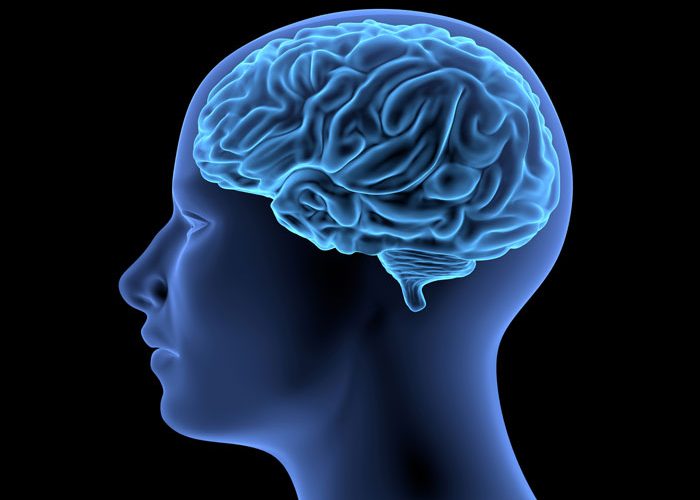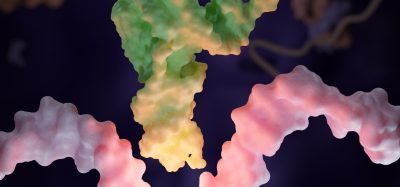Nose2Brain – project to improve Multiple Sclerosis therapy
Posted: 2 May 2017 | Mandy Parrett (Drug Target Review) | No comments yet
Medically active substances are usually distributed via the blood – either directly or indirectly. In many diseases, however, it is vital to transport the active substance as efficiently as possible to the required target site. This is the case for diseases of the central nervous system, so the treatment of multiple sclerosis is one instance where it is imperative for the pharmaceutical agents to take effect via the brain. However, special protective mechanisms such as the blood-brain barrier can make this difficult: enter the Nose2Brain project.


Direct from Nose2Brain
Within the scope of the EU-funded “N2B patch” cooperative project, Fraunhofer IGB is therefore participating in the development of a medical form of therapy that delivers the drug via the ‘Regio olfactoria’. The aim of this alternative approach is to enable an active substance to circumvent the path through the bloodstream to reach the brain directly. Here, the brain and its surrounding liquid are only separated from the nasal cavity by the ethmoid bone and some cell layers. The active agent can easily penetrate this barrier and reach the brain directly. The therapeutic system will consist of the active agent itself, a formulation containing the active agent, a hydrogel as carrier material for the formulation, and a suitable applicator for inserting the patch into the nose. The active agent is a biomolecule that stimulates the regeneration of nerve cells.
Project particulars
During the course of the Nose2Brain project the scientists at Fraunhofer IGB are concentrating on the formulation of the particles containing the active agent, and on inserting these particles into the gel, while the project consortium is developing a special applicator to introduce the gel into the nose. The device is a combination of a standard endoscope and a special mixing system. This system is necessary given that the target site is difficult to reach and an already solidified gel would not be deposited in the correct place. The liquid precursors of the gel therefore have to be transported separately to the olfactory epithelium inside the nose where the various components combine to form a gel with the required consistency to ensure the patch remains securely in place.
As the olfactory epithelium is difficult to reach, the gel patch should be applied by a doctor rather than the patients themselves. The active agent will then be released over an extended period of time, negating the need to remove it. A new one is simply inserted if long-term treatment is required.
EU funds Nose2Brain for four years
The N2B patch project is supported financially by the EU within the scope of the tender procedure “Biomaterials for diagnosis and treatment of demyelination disorders of the central nervous system”. A total of eleven partners from research and industry are participating in the project, which is scheduled to last for four years and will be completed at the end of 2020. The special focus of the participating researchers is on the treatment of multiple sclerosis; however, they also hope to develop other fields of application for the N2B platform.
Biomarkers aren’t just supporting drug discovery – they’re driving it
FREE market report
From smarter trials to faster insights, this report unpacks the science, strategy and real-world impact behind the next generation of precision therapies.
What you’ll unlock:
- How biomarkers are guiding dose selection and early efficacy decisions in complex trials
- Why multi-omics, liquid biopsy and digital tools are redefining the discovery process
- What makes lab data regulatory-ready and why alignment matters from day one
Explore how biomarkers are shaping early drug development
Access the full report – it’s free!
Related topics
Drug Delivery, Formulation, Funding, Research & Development, Therapeutics
Related conditions
Multiple Sclerosis
Related organisations
Fraunhofer Institute for Interfacial Engineering and Biotechnology IGB








